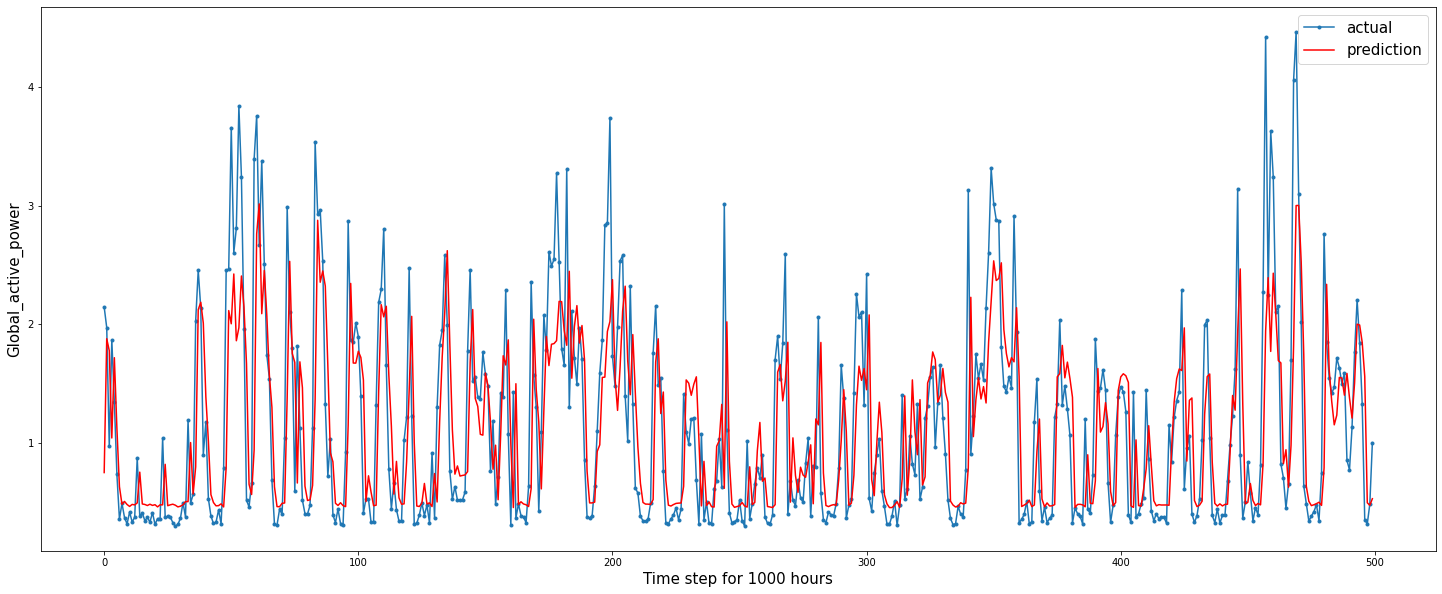Deep Learning Model for Temperature Forecasting Using LSTM
In this project, I developed a Deep Learning model using Long Short-Term Memory (LSTM) networks to forecast temperature trends over time. This project, which I developed using Python Notebooks in Google Colaboratory, showcases my ability to work with time series data and implement a forecasting solution using advanced machine learning techniques.
The first stage of the project involved data exploration and preprocessing. I began by thoroughly analyzing the time series data to understand its structure, identifying key features such as seasonal patterns, trends, and any anomalies that could impact forecasting accuracy. This phase involved steps like handling missing values, scaling the data, and transforming it into a format suitable for LSTM model input. The objective was to prepare the data in a way that would allow the model to learn the underlying patterns in temperature fluctuations over time.
After preprocessing the data, I moved on to model building. I chose an LSTM-based architecture because of its ability to capture long-term dependencies in sequential data, which is a crucial aspect when working with time series forecasting. Using TensorFlow and its Sequential API, I built a relatively simple yet effective model consisting of LSTM layers, which are well-suited for time series tasks. These layers allow the model to retain information over multiple time steps, making it ideal for predicting future temperature values based on past observations.
The model was trained on historical temperature data, with the goal of forecasting future temperatures. I employed evaluation metrics such as mean absolute error (MAE) to assess the model’s accuracy and performance. During training, I fine-tuned hyperparameters, including the number of epochs, batch size, and learning rate, to improve the model’s generalization ability and minimize overfitting.
To further improve the model’s performance, I also explored model validation techniques like cross-validation and used a test set to evaluate how well the model generalized to unseen data. The results demonstrated the model’s ability to make accurate temperature predictions, confirming the efficacy of using LSTM networks for time series forecasting.
This project not only demonstrates my understanding of forecasting and time series analysis, but also highlights my ability to utilize TensorFlow for developing deep learning models. The simplicity of the LSTM model underscores my capacity to implement complex forecasting tasks while ensuring efficiency and accuracy.
Throughout the project, I was able to gain hands-on experience in several key areas of data science, including data preprocessing, model development, evaluation, and optimization. This practical experience has strengthened my ability to approach forecasting challenges and leverage deep learning for real-world predictive analytics.
In summary, this project serves as a demonstration of my skills in time series forecasting, deep learning model development, and the practical application of LSTM networks for making predictions, particularly in the domain of temperature forecasting.
You can visit my github page
To see the source codes.
